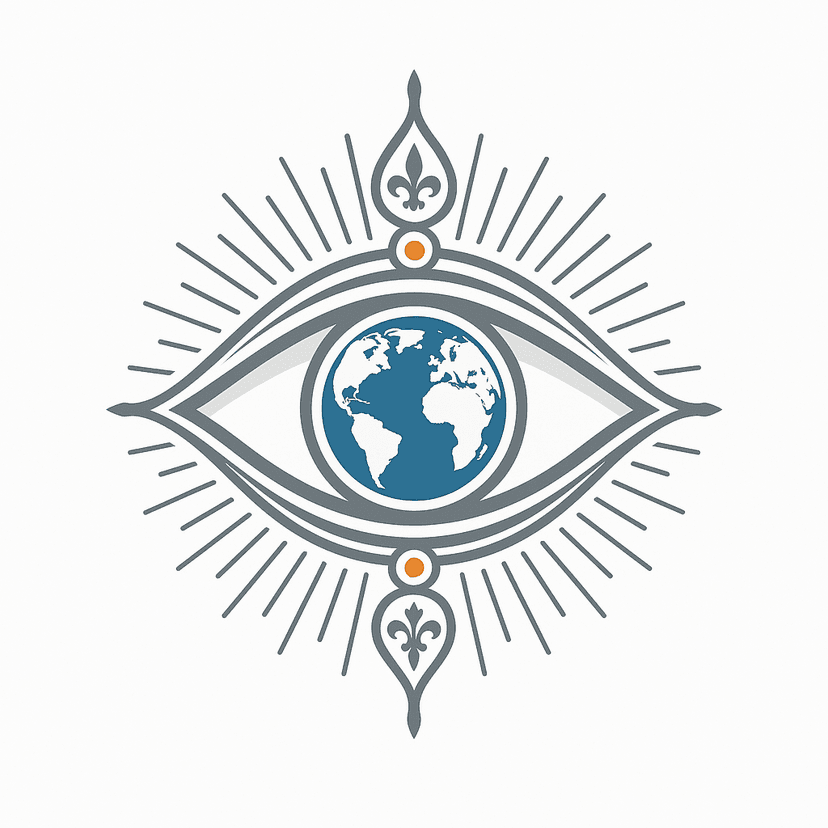Nayana
Pioneering Multilingual Document AI ResearchBuilding the future of inclusive digital access through advanced OCR and document intelligence
Developing breakthrough AI models to unlock billions of documents across 22+ languages, starting with underserved scripts and communities. Our research addresses the critical data desert affecting billions globally.

Breaking the Digital Language Divide
While 7,000+ languages exist globally, most AI systems serve only a handful, leaving billions digitally excluded from technological benefits
To address the critical data desert crisis affecting billions globally. India possesses an estimated 5 million manuscripts, yet less than 10% are digitized due to language barriers and complex scripts.
We're democratizing AI by breaking the English-centric barrier, creating truly inclusive document intelligence that serves 22 languages and preserves cultural heritage for future generations.Learn more about manuscript digitization challenges.
A world where language barriers don't determine access to healthcare, government services, or economic opportunities. Where a Telugu mother in Bangalore can access medical care without linguistic confusion.
Through synthetic data generation and multilingual AI, we're creating pathways to digital inclusion for billions currently excluded from the AI revolution, ensuring technology serves all humanity.Read about synthetic data for OCR.
Traditional OCR systems achieve 98%+ accuracy in English but only 45-68% in Indic scripts. This creates a vicious cycle: poor performance discourages digitization, limiting training data, perpetuating exclusion.
Nayana breaks this cycle through synthetic data generation, creating over 1 million training samples across 22 languages. This revolutionary approach transforms linguistic digital divide into digital inclusion.See OCR performance research.
Real-World Impact
Stories of Transformation
Real people whose lives could be transformed when AI speaks their language
The Challenge
Language barriers in healthcare led to multiple hospital visits and medical confusion
The Story
A 34-year-old migrant worker who couldn't communicate with doctors about her daughter's severe asthma. Studies show language barriers cause 2-3x higher medical error rates. Research: https://pmc.ncbi.nlm.nih.gov/articles/PMC7201401/
The Challenge
Couldn't navigate pension applications due to English/Hindi-dominant government forms
The Story
After months trying to apply for her deceased husband's pension, she nearly abandoned the process due to linguistic barriers. 73% of rural Indian women face similar challenges. Reference: https://government.economictimes.indiatimes.com/news/digital-india/language-equality-across-govt-platforms-must-for-effective-public-service-delivery-arvind-pain/75734433
The Challenge
Traditional OCR achieves only 23% accuracy on ancient Sanskrit manuscripts
The Story
Faces the monumental task of digitizing thousands of palm leaf manuscripts. Current systems fail with historical script variations and physical degradation.
The Challenge
English-heavy banking documentation limiting business expansion opportunities
The Story
Small business owner struggling with loan applications in English. 58% of small business owners cite language barriers as primary obstacle to financial services.
Healthcare Equity
Language barriers in healthcare lead to 2-3x higher medical error rates. Multilingual AI could enable 75% improvement in patient satisfaction and 85% increase in treatment adherence.
Digital Inclusion
68% of eligible rural citizens abandon government applications due to language barriers. Multilingual document processing could achieve 85% reduction in abandonment rates.
Economic Growth
Small businesses using multilingual services see 55% faster expansion and 40% lower compliance costs. Language accessibility drives economic empowerment.
Cultural Preservation
Less than 2% of India's 5 million manuscripts are digitized. Advanced multilingual AI could accelerate cultural heritage preservation by 300%.
Transforming Industries
Breaking language barriers across critical sectors to create inclusive digital experiences
Less than 2% of India's manuscripts digitized
Language barriers limit educational opportunities
Millions abandon government services due to language
2-3x higher medical errors due to language barriers
58% cite language as primary obstacle to finance
Most AI systems serve only handful of languages
Try Nayana
Experience document intelligence that breaks language barriers
Ready to Experience Nayana?
Click the button below to load the interactive demo and test multilingual document processing across 22 languages.
Evaluation Results
Comprehensive performance analysis of our OCR models across multiple languages
Dataset & Research
Building the foundation for multilingual AI through synthetic data innovation and rigorous evaluation
Largest multilingual document dataset
From English to Sanskrit, Hindi to Chinese
Optimized for efficient processing
Compared to traditional OCR systems
State-of-the-art OCR and VQA models designed for multilingual document understanding. Currently supports English, Kannada, Hindi, Marathi, Sanskrit, and expanding to 17+ additional languages.
Key Features:
- Advanced OCR for complex scripts
- Contextual visual question answering
- Multi-script document processing
- Continuous model improvements
The largest multilingual document processing dataset ever created, comprising over 1 million annotated samples across 22 languages. Built through our revolutionary SynthDoc pipeline.
Key Features:
- 45,000 images per language subset
- Layout-preserving translation methodology
- Human-verified quality assurance
- WebDataset format for efficient streaming
Revolutionary synthetic data generation framework that transforms the linguistic digital divide into digital inclusion. Creates high-quality training data at scale without manual annotation.
Key Features:
- Layout-preserving translation pipeline
- Context-aware multilingual rendering
- Automated quality verification
- Domain-specific terminology handling
Comprehensive evaluation suite that establishes new benchmarking standards for multilingual document AI. Provides objective comparison across languages, tasks, and modalities.
Key Features:
- Multi-task evaluation (OCR, VQA, Layout)
- Cross-linguistic performance metrics
- Domain adaptation assessment
- Standardized comparison framework
The Problem
Traditional OCR: 98% accuracy in English, only 45-68% in Indic scripts. Poor performance → Limited digitization → Data scarcity → Continued exclusion.
The Innovation
SynthDoc pipeline generates high-quality training data at scale. Over 1 million samples created across 22 languages without manual annotation.
The Impact
Superior accuracy → Increased digitization → Rich training data → Digital inclusion for billions previously excluded from AI benefits.
Ready to explore our datasets and contribute to multilingual AI research?